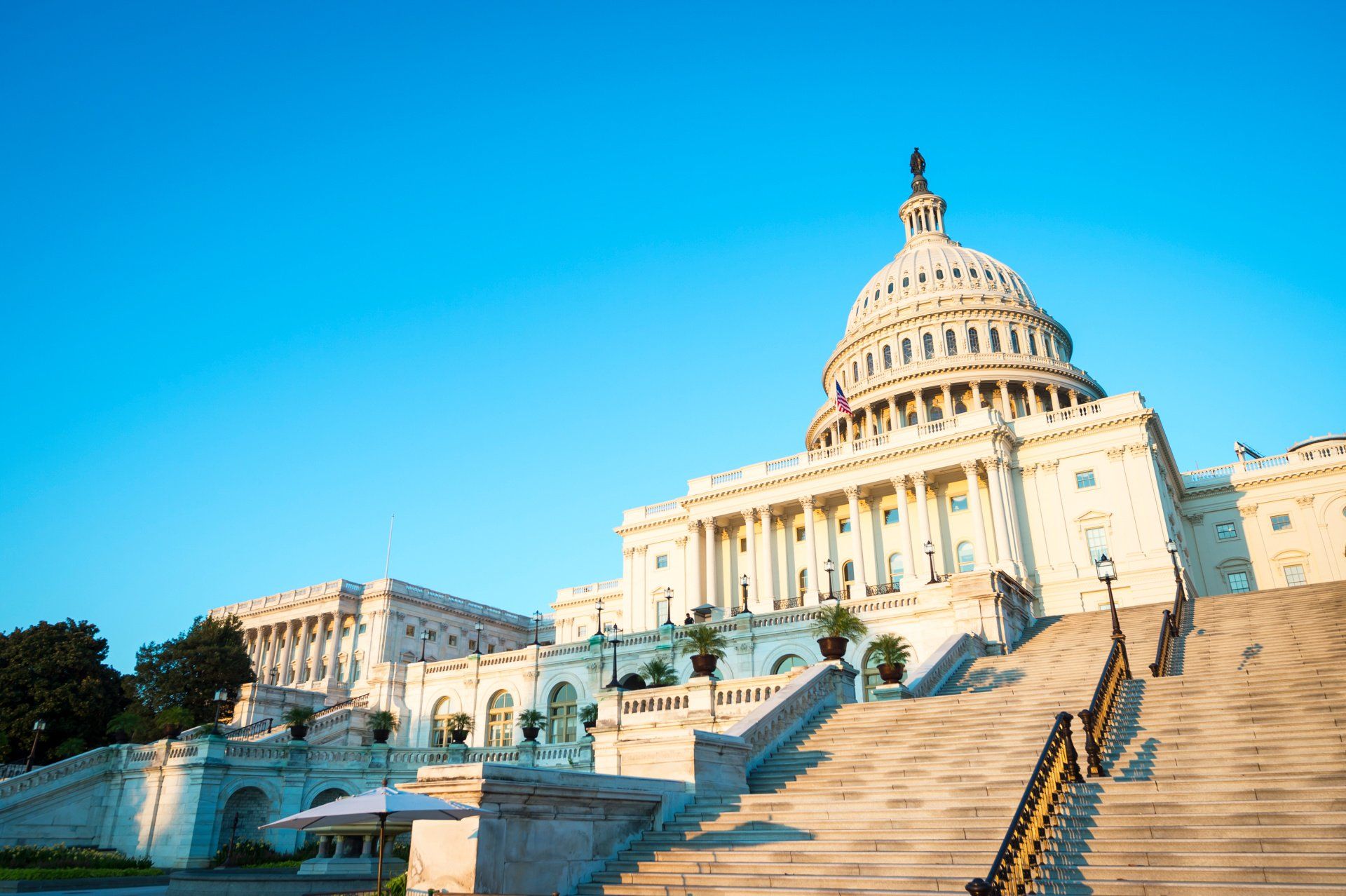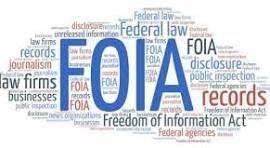
The 2023 Federal Spending Legislation and its Impact on Affordable Housing

On December 23rd the U.S. House of Representatives passed the Consolidated Appropriations Act, an omnibus spending bill consisting of 12 appropriations bills. The Transportation-Housing funding section of the bill includes an approximate 8% increase above 2022 levels.
The spending bill will create among other things, an $85 million Community Development Block Grant (“CDBG”) program called “Yes In My Backyard,” which is geared toward reducing zoning and land-use regulations that can make it difficult to build new and dense housing. The program will award grants on a competitive basis to state and local governments, metropolitan planning organizations, and multijurisdictional entities for additional activities under Title I of the Act for the identification and removal of barriers to affordable housing production and preservation. It will also provide assistance to further develop, evaluate, and implement housing policy plans, and facilitate affordable housing production and preservation. The grants will prioritize applicants that: (a) demonstrate progress and a commitment to overcoming local barriers to facilitate the increase in affordable housing production and preservation; and (b) demonstrate an acute demand for housing affordable to households with incomes below 100 percent of the area median income, which can look different in varying cities.
The annual federal spending bill funds several federal departments and agencies that already have programs and policies in effect that directly impact economic and community development projects, many of which benefit low and moderate income areas and people. So, what might these programs and policies consider? In addition, what can be further understood as to where the 8% increase might actually operate with regards to implementing future affordable/inclusionary housing programs and policies?
Inclusionary Housing
Inclusionary housing is a type of municipal policy that requires a certain portion of units in new market-rate developments to be affordable for lower-income residents (i.e., the units must cost below market-rate). The primary goals of an inclusionary housing policy are both to increase the supply of affordable housing in a municipality and to increase economic diversity in desirable neighborhoods, where most market-rate development occurs and where better schools and other amenities tend to be located.
The main criticisms of inclusionary housing requirements are that such regulations reduce development revenues of the designated units, which in turn reduces a housing developer’s profitability and/or increases the cost of housing for people in the market-rate units of a project. In tandem with skyrocketing construction costs, such regulations can overburden market-rate housing to the extent that the housing being built only serves people of high and low incomes, leaving out middle-income people, or to the extent that developers simply cannot afford to build new housing in the community.
On-site or Off-site
An inclusionary housing policy may give the developer the option of either building the affordable housing units on-site or contributing to a fund for providing affordable housing at a site other than the development location. Some cities incentivize or require building affordable units on-site to encourage economic integration in more desirable areas which often have better schools, transportation, and jobs. Based on the size, location, zoning request, housing type or funding type of the project, a formula can govern the fee amount a developer must contribute to off-site affordable units or how many units must be included on-site.
For example, the City of Evanston’s Inclusionary Housing Ordinance permits a fee in-lieu of on-site units to replace required units in a varying percentage based on the housing type. The per unit fee in-lieu is tied to Consumer Price Index (“CPI”) and also varies by housing type and project location to especially incentive on-site units near job centers and transportation.
Incentives
Some local governments provide incentives to help offset costs of affordable housing to allow and encourage developers to provide more of it. For example, some local governments may award density bonuses (e.g., height, unit count, floor area ratio “FAR”) and reduced parking minimums to projects that voluntarily add extra affordable units, especially if the project is located near public transit. In Highland Park, Il., for example, a developer who voluntarily builds extra affordable units may be able to build more market-rate units than it would otherwise be allowed.
Affordability
The definition of affordable housing varies by jurisdiction. The exact measure of affordable or below-market rate housing is typically based on Area Median Income ("AMI") metric set by the Department of Housing and Urban Development ("HUD"). For example, the Chicago Metro FMR Area’s 2019 median income for a household of four is about $89,100, and 120% of AMI was $106,800. Some communities may require affordable units be allotted to households making up to 120% AMI according to a set formula (e.g. one-third of units to households below 50% AMI, one-third to households below 80% AMI, and one-third to households below 120% AMI).
Summary
In all, the 8% increase will not only provide assistance to further advance and improve housing policies already in effect, but also demonstrates progress and commitment to overcoming local barriers towards providing affordable housing, making it a win for the housing industry.

CONTACT US TODAY
Contact Us
We will get back to you as soon as possible.
Please try again later.
LOCATION
570 Lake Cook Road, Unit 119
Deerfield, IL 60015
Shapiro & Associates Law | All Rights Reserved |
Created by Olive + Ash.
Managed by Olive Street Design.









